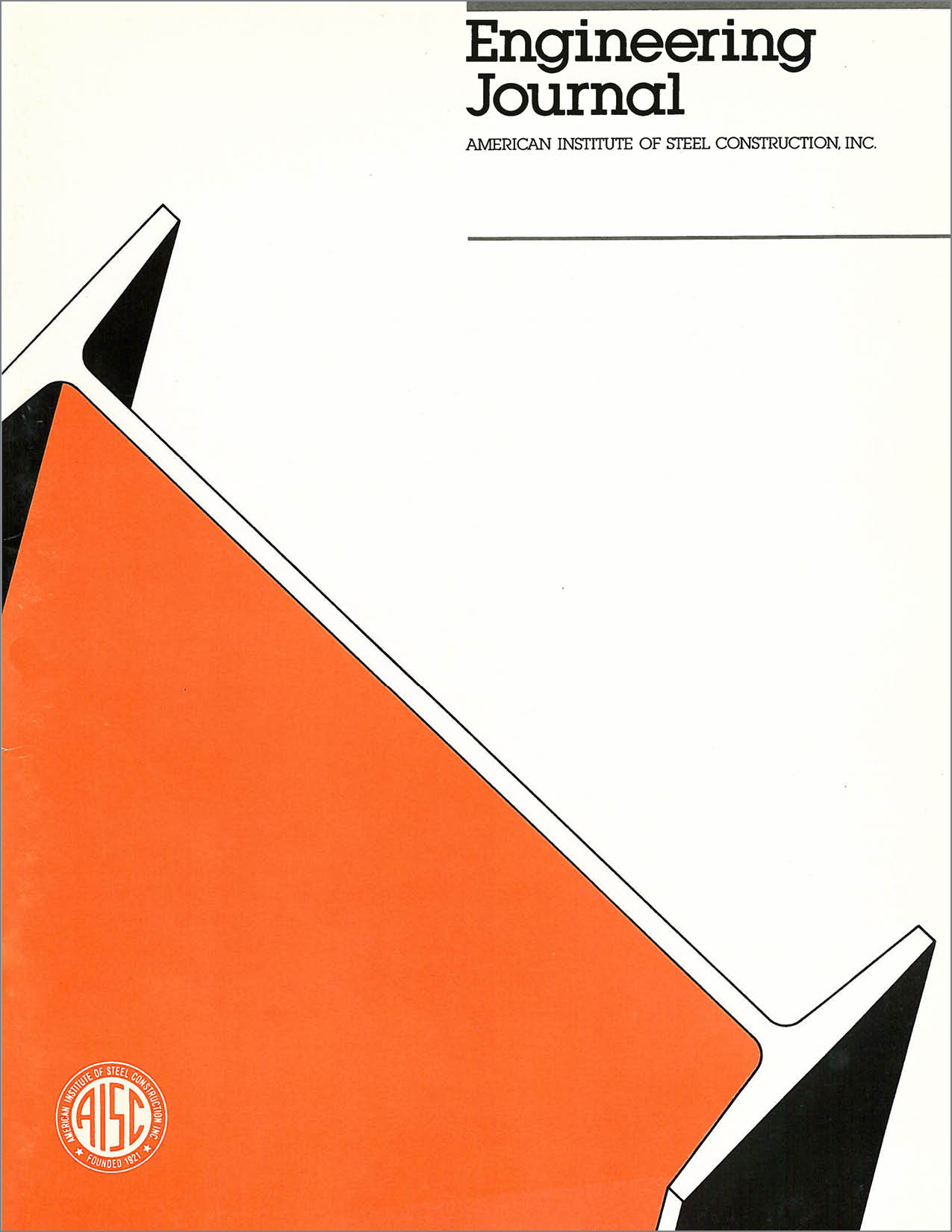Practical Analysis of Semi- Rigid Frames
DOI:
https://doi.org/10.62913/engj.v27i2.547Abstract
This study attempts to introduce a simplified method of flexible frame analysis that builds on some aspects of the already established AISC/LRFD design approaches, namely the B1 and B2 amplification factor method. Two idealized connection models are proposed: The first is a modified initial stiffness representation; the second is a model determined by the beam-line method. The connection models are designed for implementation in a first-order analysis of the nonsway and sway configurations of frame, thus determining the moment values Mnt and Mlt, respectively. The design moment Mu is obtained in a procedure similar to that conducted for rigid frames using the amplification factor method. The effective length factor concept is utilized with some modifications to account for connection flexibility. A modified relative stiffness factor for elastically restrained members is suggested, which allows the use of existing alignment charts for determining the effective length factor of columns.

